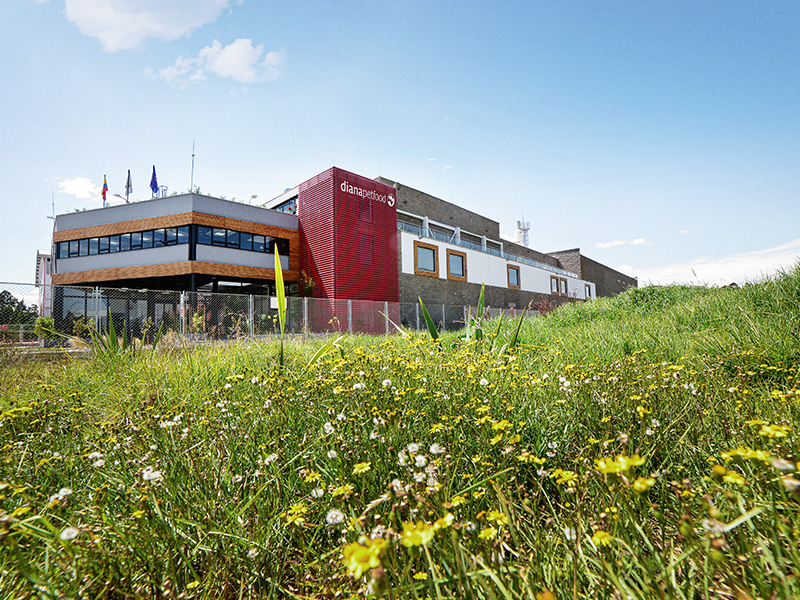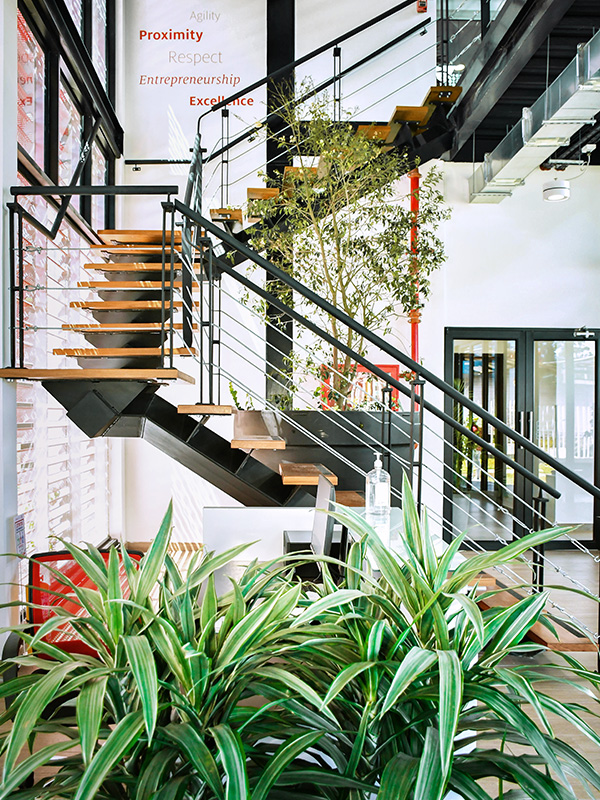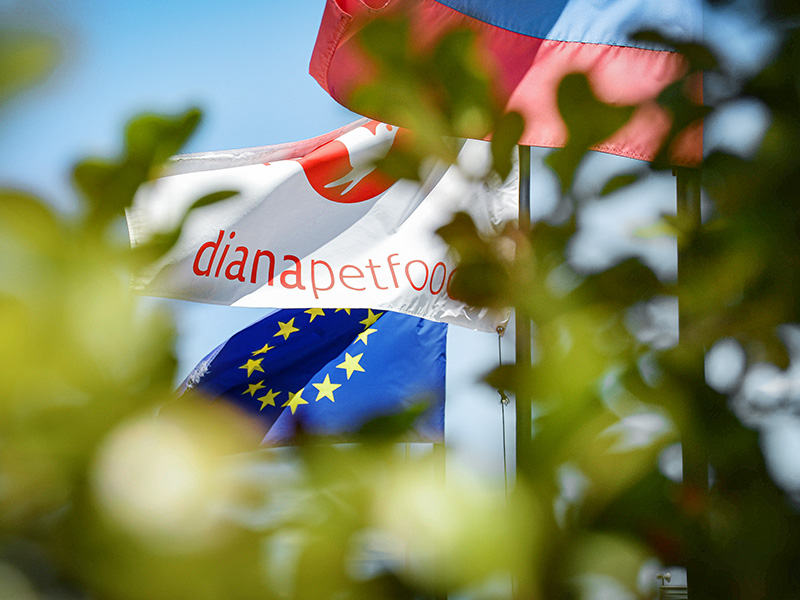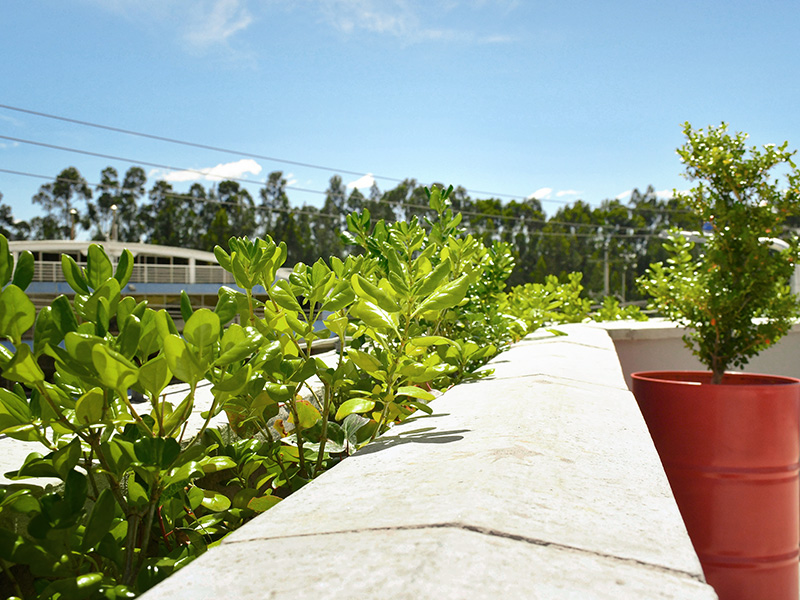“During phases when we don’t consume so much power, we feed the electricity into the public grid,” says Christophe Salaün, the General Manager in Colombia. Another focal point is water: “Like many factories, we have a high demand for water – to generate steam or cool our processes, for example,” says Christophe Salaün. He was involved from the beginning and knows the plant inside and out. “To avoid burdening the municipal waterworks, we drilled a well 170 meters deep that allows us to use the groundwater.” The proprietary water treatment plant also returns half the process water to circulation. Diana Pet Food also uses collected rainwater for the plant’s sanitary facilities.
In order to both assess and control the effectiveness of the measures, Diana Pet Food worked with an eco-design matrix that the company developed in the last few years. This makes it possible to assess how ecological the manufacturing of products is along the entire value chain. The sustainability experts compare various factors for individual products: water consumption, land use, emissions of CO2 and particulate matter, acidification of soil and water, abiotic resource consumption (such as the use of fossil fuels) and the enrichment of the ecosystem with nutrients. “We can adjust various factors to find out how we can make the products more
sustainable,” says Christophe Salaün.
One result, for example, is that products manufactured in Colombia and distributed in the Andean region have shorter transport distances and are therefore more sustainable than imported goods from Argentina, where Diana Pet Food also operates a plant. In addition, the company also obtains its raw materials – byproducts from chicken meat production that are not consumed by humans – from the immediate vicinity. “In this way, we provide many small companies with the opportunity to sell us their products while building a long-term relationship with us,” explains the Frenchman, who has been working at Diana Pet Food in Colombia for 18 years.
The plant was built to comply with the strict Leadership in Energy and Environmental Design (LEED) standards developed by the U.S. Green Building Council in 1998.




